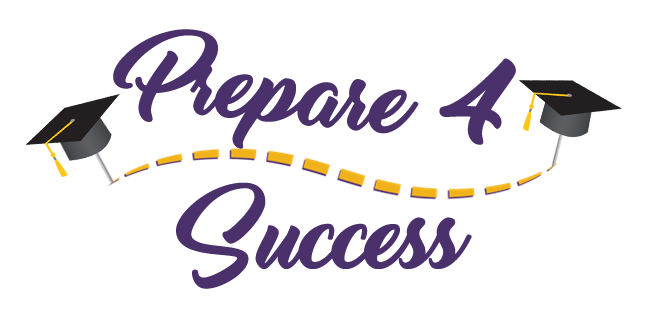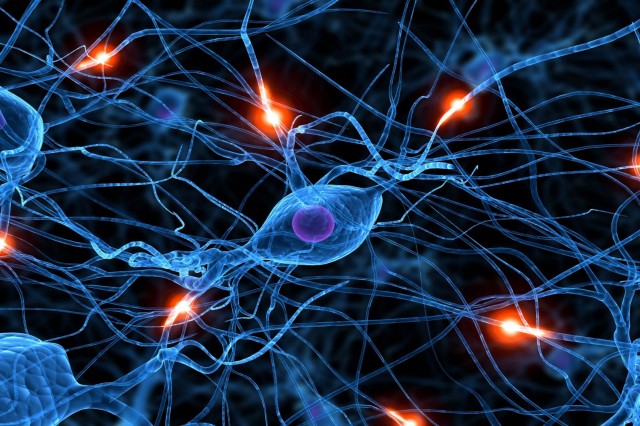Glossary of Assessment Terms and Concepts
Bookmark
Glossary of definitions of assessment related terms with references to their sources.
Bookmark…

The Higher Education Leadership Learning Online Community
Where Leaders Share Resources, Learn From, and Support Each Other

Bookmark
Glossary of definitions of assessment related terms with references to their sources.
Bookmark…

Academic preparation is the biggest predictor of success for students in higher education. We must learn to strengthen students’ focus on preparation by defining the preparation that will lead to success and by rewarding and reinforcing an academic culture focused on preparation. By studying this article and its linked resources, and by using the associated shared files, you will be able to:
• Design an introductory college curriculum and orientation process that will prepare students to transition successfully from high school, other higher ed institutions, or from the work environment.
• Implement a new curricular planning process that is built on both expected competencies for successful learning (learning incomes) and on learning outcomes.
• Implement a new form of student evaluation process that rewards students for being prepared to undertake the learning before them.
• Formulate a white paper to explain the relative advantages and disadvantages of the current and new approach, and to charge a group to study its potential implications and implementation at your institution.
• Formulate a plan to help students be better prepared for the teaching and testing styles of each instructor, and to help them share success strategies and useful resources among themselves in advance of course enrollment.
• Evaluate the current curriculum’s strength and weaknesses at preparing students to be life-long learners.

The most important step to becoming a learning-centric organization and generating the greatest value-add for students is to clearly define the learning we expect of them. This requires the development of a unifying and hierarchical plan for student learning, specifying institutional, college/school, program, and course learning goals and outcomes. By studying this article and its linked resources, and by using the associated shared files, you will be able to:
• Explain the interrelationship between courses within a credential, General Education, Liberal Education, and Honor’s programs, at various degree levels.
• Explain why learning goals, and their derivative learning outcomes, are necessary to clearly define the learning expectations of our students for each credential, and should predominantly be written, or at least approved by, the faculty of the department.
• Compose program learning outcomes based on the Bloom’s Taxonomy level that is most appropriate for the credential/degree.
• Guide the development of learning goals and outcomes for the entire curriculum of the institution.
• Explain what the Degree Qualification Profile and the Tuning initiatives are, and how they might aid an institution in setting learning outcomes for various degree levels and programs.
• Develop learning goals and outcomes to help students transition successfully into college.
• Explain the difference between the curriculum, the co-curriculum, and the extra-curriculum.
• Explain why and how Honor’s Program learning outcomes should differ from those within traditional courses.
• Design a faculty development exercise to help faculty learn the curriculum design process using a non-threatening approach.
• Explain the potential sources of information on which program learning outcomes could be based.
• Explain the relationship between program and course learning outcomes, between course level and Bloom’s level, and how course level outcomes progressively develop toward achievement of the program outcome.
• Explain how course learning outcomes can be aggregated to form courses with appropriate co- and pre-requisites.
• Explain how a course might support learning outcomes from multiple programs such as the major, General Education, and Honors.